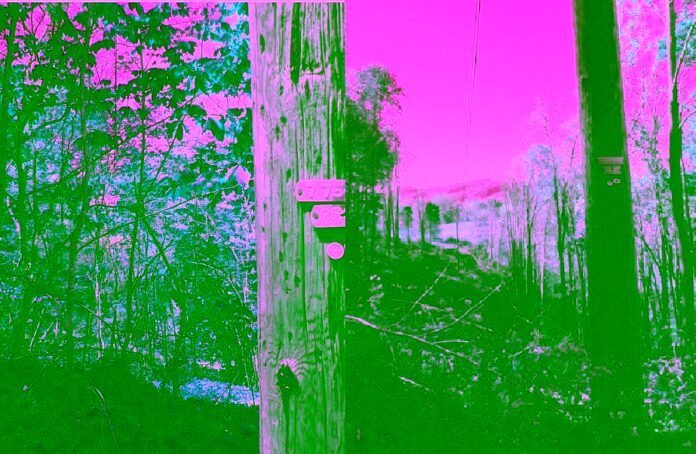
Three years after a massive “derecho” or straight line wind storm swept across 10 states and left 4.3 million customers without electric service, including more than a half-million Appalachian Power customers in Virginia and West Virginia, the company is seeing success in its efforts to reduce tree-related outages.
A three-year vegetation management pilot set to conclude later this year in Virginia is improving reliability and decreasing outages by about a third for Appalachian Power customers included in the study. The Virginia State Corporation Commission (SCC) approved Appalachian’s pilot in February 2013, which allowed the company to trim, remove, or treat trees and brush near electric lines on 30 distribution circuits across the company’s Virginia service territory.
“As an electric utility, trees are one of our biggest challenges,” said Joe Jones, director of external affairs for Appalachian Power in Virginia and Tennessee. “Our pilot program has proven that an aggressive approach in keeping power lines and rights of way clear of trees is a highly effective way to protect against costly storm damage and keep the lights on for our customers.”
Since the launch of the pilot, hundreds of contract workers have completed vegetation management activities on more than 1,600 of the 2,200 line miles identified for inclusion in the pilot. The work included nearly 300,000 tree trims and 293,000 tree removals. Crews also cut more than 2,100 acres of brush and treated about the same amount of acreage.
In the pilot areas that were subject to vegetation management, the frequency of tree-related outages decreased nearly 34 percent. Service restoration times also improved. The duration of tree-related outages decreased 23 percent from an average of 159 minutes to 123 minutes. The results are based on numbers compiled through the end of 2014.
Phil Wright, Appalachian Power’s distribution operations vice president, said once the pilot ends, Appalachian Power will work toward a four-year cycle-based program similar to the company’s program in West Virginia.
“Appalachian Power has about 27,000 miles of overhead power lines in mostly rural and mountainous areas of southwest Virginia,” Wright said. “The objective now is to develop a comprehensive program so that all of our circuits in Virginia can see the same improvement in service reliability.”
Earlier this year, Virginia lawmakers approved legislation that will enable Appalachian Power to expand the company’s vegetation management program in the future.
“We look forward to building upon our pilot program, which proved to increase service reliability and resulted in lower long-term costs to our customers,” said Jones, who commended the General Assembly for its support of the pilot.
Appalachian Power has 1 million customers in Virginia, West Virginia and Tennessee (as AEP Appalachian Power). It is a unit of American Electric Power, one of the largest electric utilities in the United States, delivering electricity to more than 5 million customers in 11 states. AEP ranks among the nation’s largest generators of electricity, owning nearly 32,000 megawatts of generating capacity in the U.S. AEP also owns the nation’s largest electricity transmission system, a 40,000-mile network that includes more 765-kilovolt extra-high voltage transmission lines than all other U.S. transmission systems combined.


